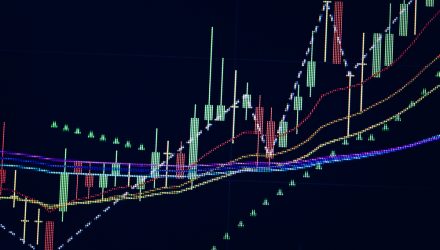In order to get higher yield in Treasury notes, fixed income investors must further out onto the yield curve. Such a strategy is possible with the Vanguard Extended Duration Treasury Index Fund ETF Shares (EDV).
Per the fund description, EDV seeks to track the performance of an index of extended-duration zero-coupon U.S. Treasury securities. The fund employs an indexing investment approach designed to track the performance of the Bloomberg Barclays U.S. Treasury STRIPS 20-30 Year Equal Par Bond Index.
This index includes zero-coupon U.S. Treasury securities (Treasury STRIPS), which are backed by the full faith and credit of the U.S. government, with maturities ranging from 20 to 30 years. The fund invests by sampling the index. At least 80% of its assets will be invested in U.S. Treasury securities held in the index.
Highlights of EDV:
- Seeks to track the performance of the Bloomberg Barclays U.S. Treasury STRIPS 20–30 Year Equal Par Bond Index.
- Is passively managed using index sampling.
- Provides current income with high credit quality.
Low Credit Risk, Higher Yield at a Low Cost
One of the advantages of adding Treasury notes is their safe-haven status.
“This ETF offers exposure to long-dated Treasuries, an asset class that is generally safe in terms of credit risk but that can offer attractive return potential by exposing investors to interest rate risk,” an ETF Database analysis said. “The index underlying this fund consists of Treasury STRIPS with maturities ranging from 20 to 30 years, a unique approach to accessing long-dated government debt.”
Additionally, EDV comes with a low expense ratio of just 0.07%.
“EDV will exhibit a high level of sensitivity to interest rate changes, surging when rates climb but plummeting on speculation that the Fed will push rates higher,” the analysis added. “For investors who believe that rates will hold steady or decline, EDV can be an attractive source of return, as the yields delivered are significantly higher than short-term Treasuries.”
For more news, information, and strategy, visit the Fixed Income Channel.


